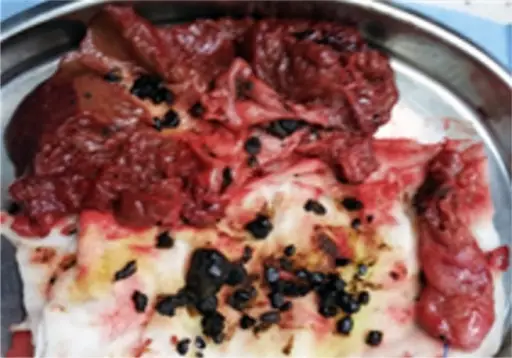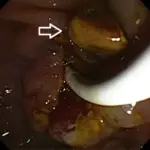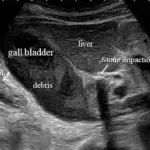Pigment stones are a type of gallbladder stone that is dark in color, made of bilirubin, and can be subclassified into brown and black types, which differ in morphology, pathogenesis, and clinical associations.
What is the Pathology of Pigment Stones?
The pathology of pigment stones is:
-Etiology: The cause of pigment stones is often associated with inflammation (cholecystitis).
-Pathogenesis: The sequence of events that lead to pigment stones has to do with after glucuronidation in the liver bilirubin is secreted into bile.
-Morphology: The morphology associated with pigment stones shows that black pigment.
-Histology: The histology associated with pigment stones shows proliferation of connective tissue and loss of elastic fibers, cellular infiltration of lymphocytes and polymorphonuclear leukocytes, and atrophic dilatation or hyperplasic glandular changes.
How does Pigment Stones Present?
Patients with pigment stones typically are female present at the age range of reproductive years. The symptoms, features, and clinical findings associated with pigment stones include that black pigment stones seldom coexist with cholesterol stones in the same gallbladder. Symptoms include right upper quadrant pain that may be constant, and intense.
How are Pigment Stones Diagnosed?
Pigment stones are diagnosed with abdominal ultrasound.
How are Pigment Stones Treated?
Pigment stones are treated with surgery to remove the gallbladder, or medications to dissolve the stones.
What is the Prognosis of Pigment Stones?
The prognosis of pigment stones is good.



